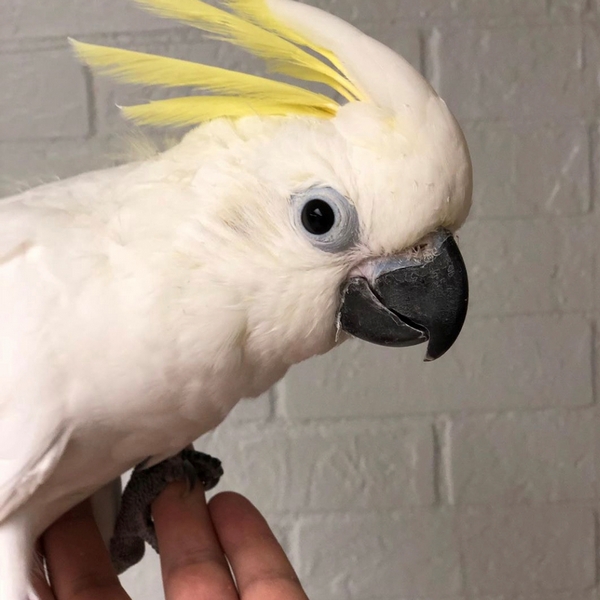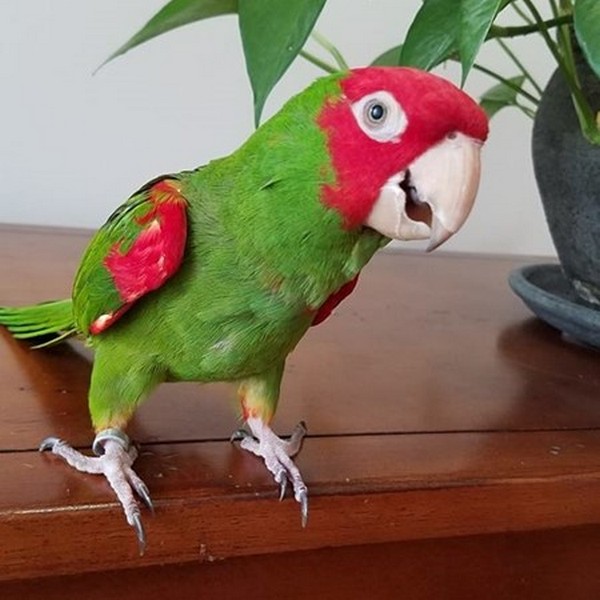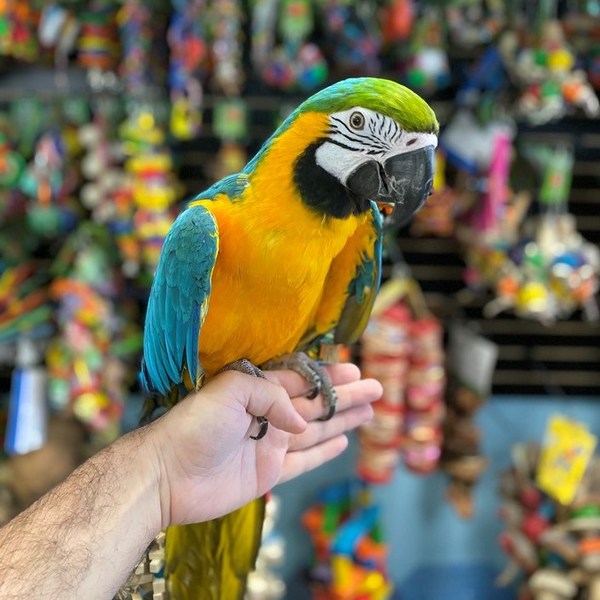
Cockatoos – Care & Feeding
A cockatoo needs a well-constructed cage to not only prevent it from escaping but to prevent the bird from destroying it. A pet cockatoo will need a steady supply of appropriate items to chew and destroy. Cockatoos tend to be needier than other pet parrot species and an owner should set boundaries early on, otherwise the bird might scream for attention. A cockatoo new to the home should not be showered with non-stop
Read More →
Conures – Care & Feeding
Conures are active birds and need a spacious cage to move about and to accommodate toys. A minimum cage size for a conure is 36 inches long, 24 inches wide, and 24 inches high. Conures generally love to bathe — in their water dish, in the shower with their owner or via a spray bath. A conure’s diet should include a nutritionally balanced manufactured diet, supplemented with fresh vegetables, fruit and healt
Read More →
Macaws – Care & Feeding
A macaw needs a cage tall enough to prevent its tail feathers from hitting the cage bottom, which can cause the tail feathers to bend or break. Overall, a macaw needs a much larger cage and play stand than other parrot species, so a potential owner should take space considerations into account. In their natural habitat, macaws feed on native seeds, fruits, flowers, leaves, palm nuts, figs, nectar, and, in some
Read More →